Retro Replay Review
Gameplay
Trudy’s Time and Place House builds its entire experience around a simple point-and-click and drag-and-drop interface, making it immediately accessible for young learners. From the moment you arrive at Trudy’s cozy chair–lined parlor, each open window beckons with a distinct educational activity. Exploration mode invites players to click around freely, discover hidden interactions, and experiment at their own pace. In Question & Answer mode, an animal character—such as Astro-mouse or Billy Beaver—pops up to challenge the child with specific tasks, reinforcing concepts through guided play.
(HEY YOU!! We hope you enjoy! We try not to run ads. So basically, this is a very expensive hobby running this site. Please consider joining us for updates, forums, and more. Network w/ us to make some cash or friends while retro gaming, and you can win some free retro games for posting. Okay, carry on 👍)
The game features five core activities: Earth Scout, Jellybean Hunt, Symbol Sandbox, Calendar Clock, and Time Twins. In Earth Scout, kids pilot a cartoon rocket to orbit the globe, snap pictures of landmarks, then print and color their souvenirs. Jellybean Hunt splits the screen into an ant’s-eye view and a simple grid map, letting children practice directional thinking as they guide the ant toward its target. Symbol Sandbox encourages pattern recognition by having players drag icons onto a grid to construct landscapes, while Calendar Clock and Time Twins introduce temporal concepts through real-time animation and matching digital and analog clocks.
Notably, the Question & Answer mode provides unlimited retries without penalty, fostering a stress-free learning environment. Difficulty levels scale appropriately: easier puzzles for younger children, and more advanced prompts for those ready to tackle quarter-hour increments or multi-cell grid maps. Parents can further tailor the experience via configuration options—adjusting volume, disabling music or printing, and even enabling single-switch input—ensuring the interface adapts to each child’s needs and keeps frustration at bay.
Graphics
Edmark’s signature cartoon style shines through in Trudy’s Time and Place House, with warm pastel tones, friendly character designs, and playful animations that capture a child’s attention. Each learning module features its own visual motif: the rocket’s metallic sheen and star-speckled backdrop in Earth Scout, the lush picnic setting in Jellybean Hunt, or the animated scenes that evolve in Calendar Clock. These distinct palettes help differentiate activities while maintaining a coherent overall aesthetic.
The graphics, while rooted in late-90s multimedia standards, remain charming rather than outdated. Objects respond visually to clicks, windows slide open smoothly, and character sprites offer encouraging reactions—smiles, waves, or congratulatory cheers—when tasks are completed. Children will appreciate the immediate feedback, and the colorful imagery reinforces the educational concepts without overwhelming young eyes with clutter or overly complex details.
Even on modern displays, the game’s resolution holds up admirably thanks to its clean line art and simple shading. Text is minimal by design, since instructions are primarily delivered verbally, allowing the visuals to take center stage. Whether it’s watching the Earth rotate beneath the rocket or seeing numbers tumble off Analog Ann’s clock face, the graphics consistently delight and guide players through each lesson.
Story
Although Trudy’s Time and Place House isn’t a traditional narrative adventure, it weaves a gentle learning storyline that frames each activity as a mini-quest. Trudy herself acts as a warm host—inviting children to join her and embark on educational excursions through time, space, and everyday scenarios. Her presence provides continuity, making each activity feel like part of a larger, cohesive world.
The storyline unfolds subtly as players move from one activity to the next. Astro-mouse’s orbital mission in Earth Scout suggests the wonder of exploration, while the ant’s journey in Jellybean Hunt gives a playful spin to problem-solving and mapping skills. In Calendar Clock, time literally moves forward and backward, reinforcing the concept of cause and effect, and in Time Twins, Digital Dan and Analog Ann’s friendly banter about hours and minutes helps anchor abstract time-telling principles in charming character interactions.
Each scene’s gentle narration and lighthearted dialogue keep children engaged without pressure. Tasks are presented as friendly requests rather than strict quizzes, and the open-ended Explore and Discover mode allows kids to create their own stories within the game world. This approach fosters a sense of ownership, encouraging imagination even as foundational skills in geography, sequencing, and time management are quietly imparted.
Overall Experience
Trudy’s Time and Place House excels as an educational tool by blending approachable gameplay, inviting graphics, and a warm thematic framework. The dual modes of play cater to different learning styles: freeform exploration nurtures curiosity, while structured Q&A sessions reinforce concepts through repetition. Unlimited retries and adjustable difficulty settings ensure that children remain motivated rather than frustrated, making it ideal for a broad age range.
Parents will appreciate the thoughtful configuration options that control sound, printing, exit paths, and even single-switch input for children with special access requirements. The game’s reliance on minimal text and clear verbal instructions means it’s suitable for pre-readers and early readers alike. It slots seamlessly into both home and classroom environments, offering short, focused activities that can be completed in bite-sized sessions or extended over multiple sittings.
While some modern educational titles may boast 3D graphics or adaptive AI, Trudy’s Time and Place House demonstrates that timeless design and a child-centered ethos remain highly effective. Its friendly host, well-paced activities, and gentle reinforcement of core concepts combine to create a nurturing digital playground. For parents and educators seeking an engaging, accessible introduction to geography, mapping, symbols, and time-telling, this game remains a valuable choice even years after its initial release.
 Retro Replay Retro Replay gaming reviews, news, emulation, geek stuff and more!
Retro Replay Retro Replay gaming reviews, news, emulation, geek stuff and more!
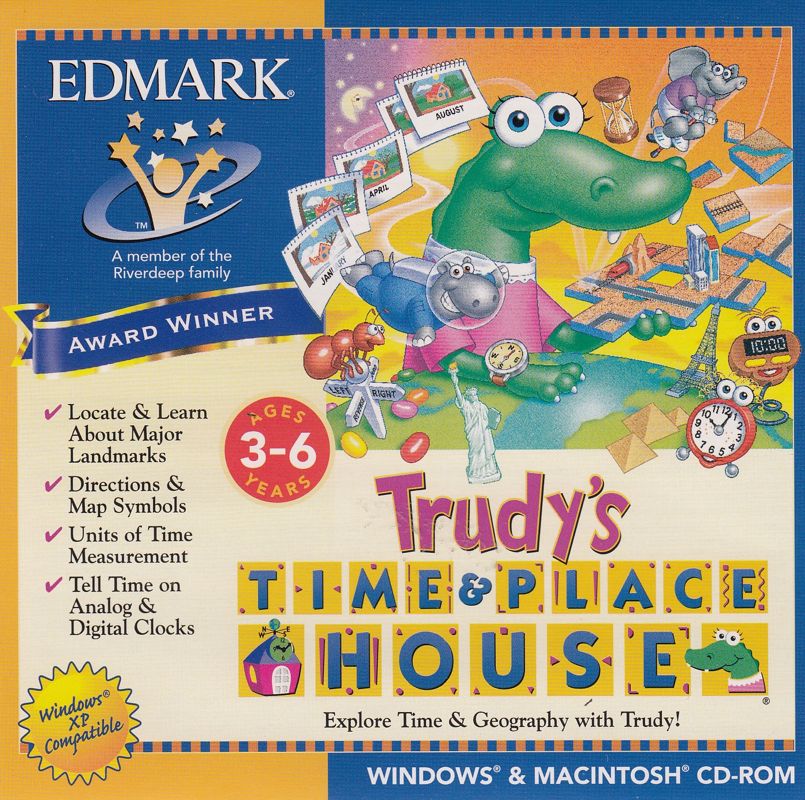
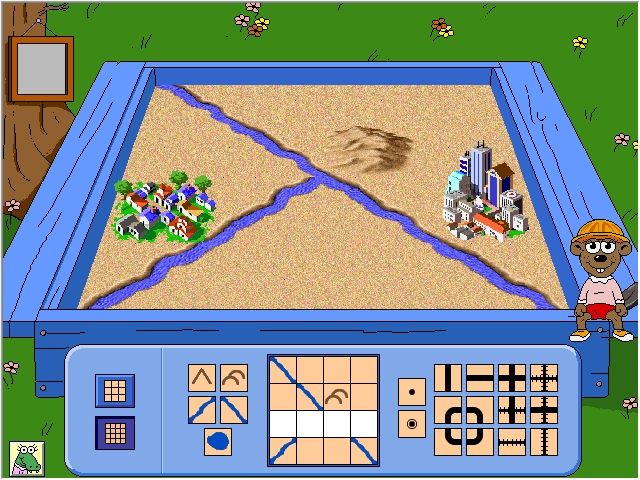
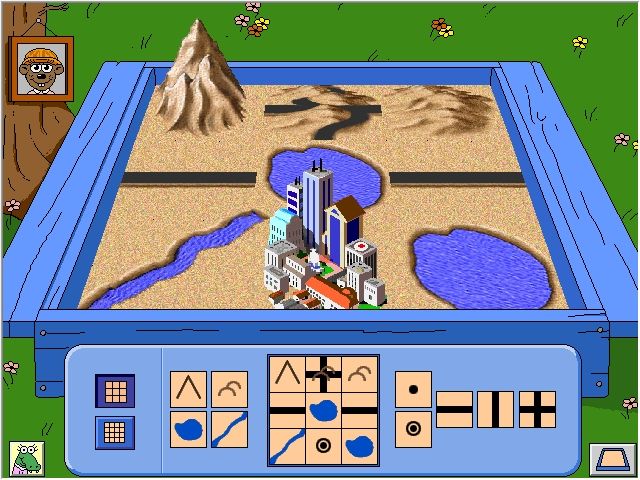
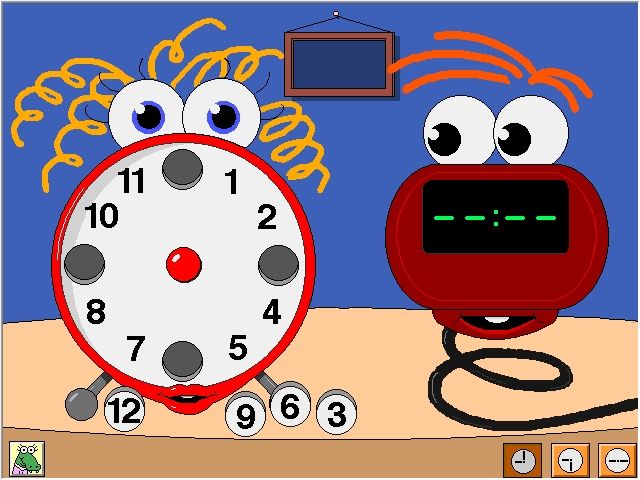

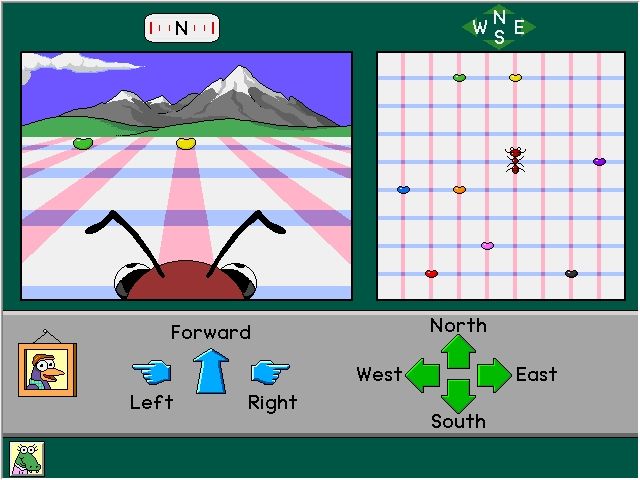



Reviews
There are no reviews yet.